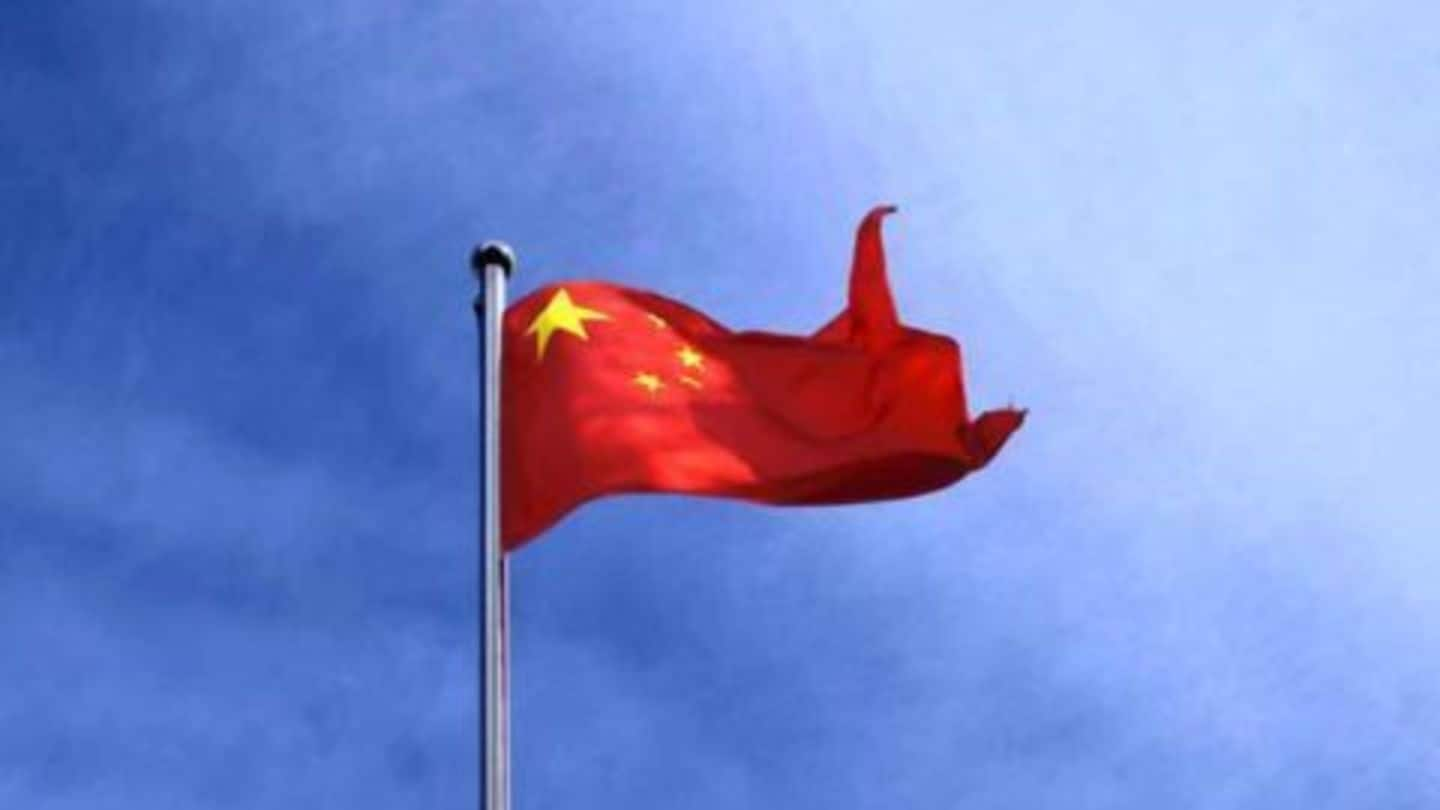
China's Yuan joins IMF's list of reserve currencies
What's the story
The Chinese Yuan will enter International Monetary Fund's (IMF) reserve-basket of currencies with 'Special Drawing Rights' (SDR). This is the first time a currency has been added to the IMF's reserve list since 1999. IMF Managing Director Christine Lagarde described this inclusion as a "historic" and said, "it reflects the progress that the Asian country has made in reforming its financial-systems and liberalizing markets."
Origins
Bretton Woods System
In 1944, the Bretton Woods System (BWS) was established for monetary and exchange management. Under this system the dollar was measured against gold and other currencies were pegged to the dollar, making it the 'key reserve currency'. The IMF which was established under BWS, created SDR in 1969: SDR was a 'supplementary international reserve asset' in context of the prevailing fixed-exchange rate system.
1968 - Mid-70s
Collapse of the Bretton Woods System
The U.S. dollar's fixed value against gold under the Bretton Woods System, was perceived to be overvalued. In 1971, the then U.S. President Richard Nixon, temporarily suspended the dollar's convertibility into gold. In 1973, an attempt to revive the 'fixed exchange rate' system failed and Bretton Woods System finally collapsed. Currencies of major economies then began to float against each other.
Information
SDR's significance undervalued post Bretton Woods Collapse
Floating currencies adopted by major economies post Bretton Woods reduced SDRs' significance as a global reserve asset. SDR was then redefined as a basket of currencies. In 2009, SDR witnessed a resurgence by ensuring liquidity to the global economic system during the global financial crisis.
Information
IMF's Reserve Currencies
The existing list of reserve currencies include the Japanese Yen, the US dollar, the British pound and the euro. The Chinese 'yuan' also known as the renminbi, or "people's money" is the newest addition to this list.
About
Reserve Currencies with Special Drawing rights
Reserve currencies are held in large quantities by governments and major financial institutions to repay international debt obligations or conduct global transactions. The SDR was conceived in 1969 to measure a country's reserve assets with IMF. It's not a freely traded 'currency' but is used by the IMF for internal accounting purposes. IMF issues loans to countries denominated in SDR to manage financial crisis.
Data
Determining SDR's value
The currency value of SDR is determined by summing the basket of major currencies (dollar, euro, yen, pound and yuan) in U.S. dollars, based on current exchange rates. SDR's currency value is calculated daily and the valuation basket is reviewed and adjusted every five years.